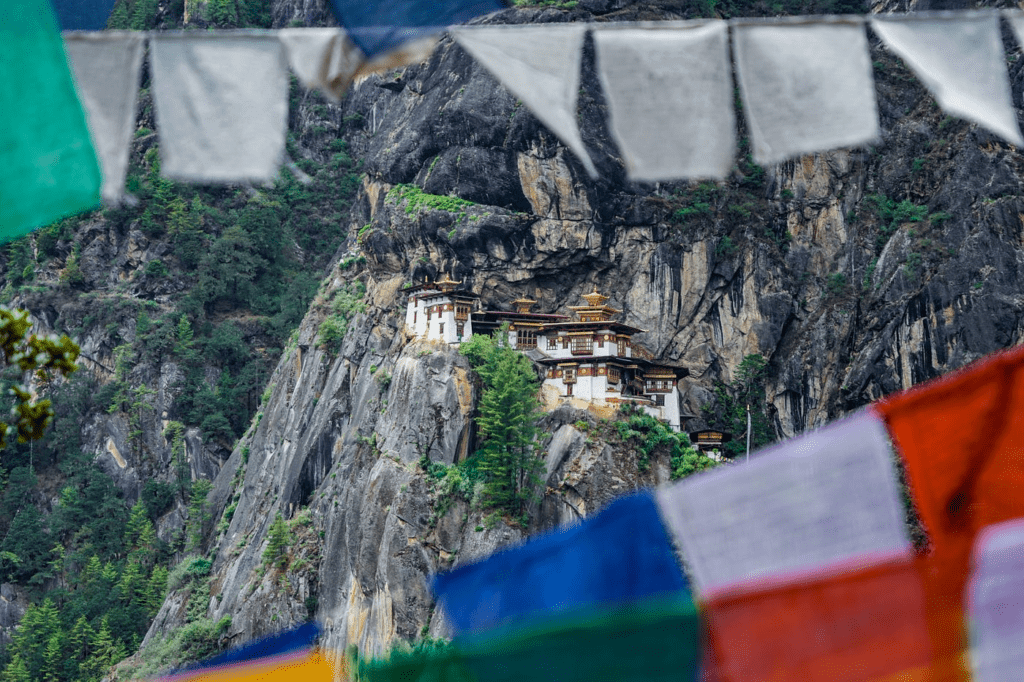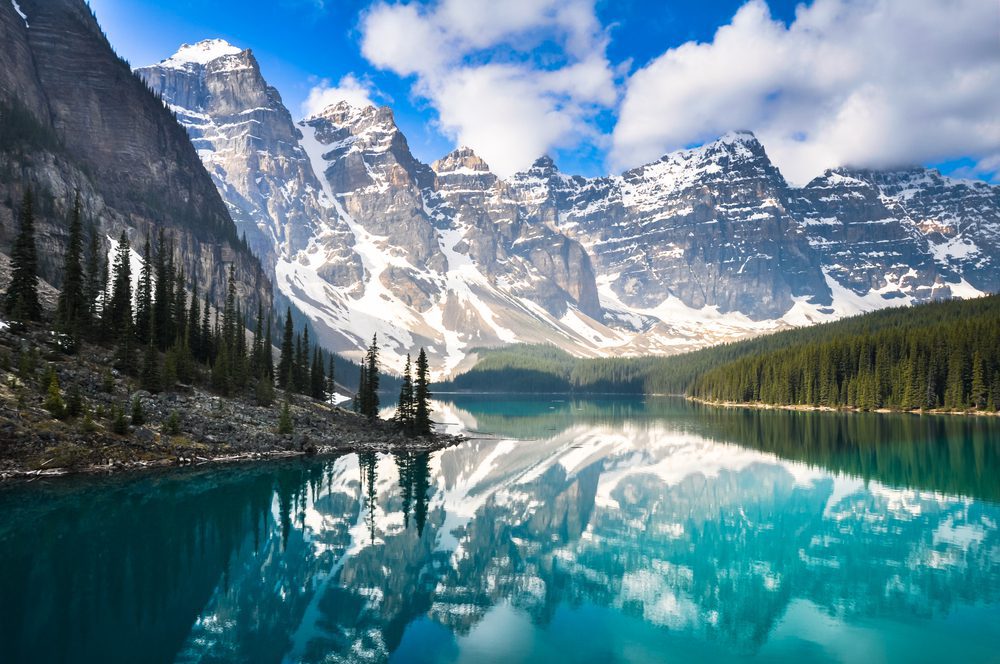Eduardo Martinez embarks on a cultural odyssey through the Kingdom of Bhutan, chasing the essence of happiness woven into its rich traditions. From the sacred heights of Paro Taktsang to the peaceful courtyards of Gangtey Monastery, his journey reveals six treasures that define Bhutan’s identity. Along the way, he experiences the serenity of Buddhist rituals, the vibrant rhythm of local festivals, and the enduring warmth of Bhutanese hospitality.
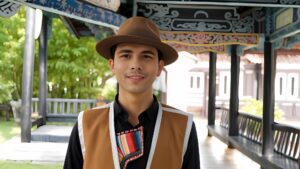
Cultural Gems in Bhutan: Unveiling the Kingdom of Happiness
1. Paro Taktsang (Tiger’s Nest Monastery)
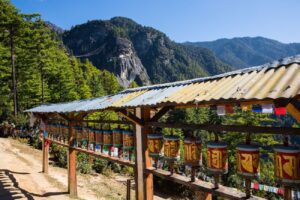
Perched on a cliff face above the Paro Valley, Paro Taktsang is Bhutan’s most iconic sacred site. Legend says Guru Rinpoche meditated here after flying in on the back of a tigress. The monastery complex includes several temples and meditation caves decorated with murals and intricate woodwork. The trek to reach it is as breathtaking as the monastery itself, offering views of the surrounding mountains and forests.
2. Punakha Dzong
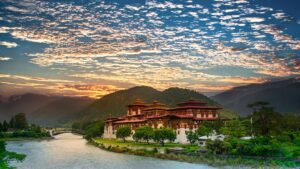
At the confluence of the Mo Chhu and Pho Chhu rivers, Punakha Dzong is a masterpiece of Bhutanese architecture. Once the capital’s seat of power, it still serves as a functioning monastery. Known as the “Palace of Great Happiness,” its halls and courtyards come alive during annual festivals like the Punakha Drubchen, which commemorates Bhutan’s defense against Tibetan invaders with vibrant mask dances and rituals.
3. Dochula Pass and Druk Wangyal Chortens
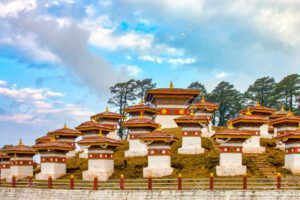
Dochula Pass, at 3,100 meters above sea level, offers panoramic views of the Himalayas. The site is home to 108 whitewashed chortens built in memory of Bhutanese soldiers. On clear days, the peaks of Bhutan’s northern border provide a dramatic backdrop to this peaceful, spiritual site. Travelers often pause here to reflect and admire the harmonious blend of nature and devotion.
4. Gangtey Monastery
Located in the serene Phobjikha Valley, Gangtey Monastery belongs to the Nyingma school of Tibetan Buddhism. It is a center of spirituality and meditation. Visitors can observe monastic life, participate in prayer sessions, and enjoy the valley’s unspoiled natural beauty. The area is also a seasonal home to the endangered black-necked cranes, adding an element of natural wonder to this spiritual retreat.
5. Kyichu Lhakhang
One of Bhutan’s oldest temples, Kyichu Lhakhang dates to the 7th century. It holds immense spiritual significance and is revered as one of 108 temples miraculously constructed by Tibetan King Songtsen Gampo. The temple’s interior showcases ancient murals, statues, and a peaceful courtyard where visitors often meditate and light butter lamps in quiet reflection.
6. Taktshang Goemba (Tiger’s Nest Alternate View)
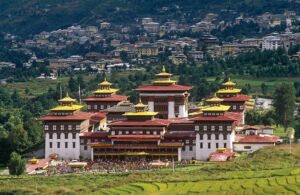
While many refer to Paro Taktsang as Tiger’s Nest, Taktshang Goemba is another name for this sacred site. Seeing the monastery from different angles—shrouded in mist or glowing in sunlight—offers a fresh sense of reverence each time. The journey to this spiritual retreat is as rewarding as the destination.
Experiencing Bhutanese Festivals
Festivals, or Tsechus, are central to Bhutanese culture. They commemorate saints, celebrate seasonal cycles, and reinforce community bonds. Mask dances, vibrant costumes, and sacred chants create an atmosphere both joyous and reverent.
Notable Festivals
- Punakha Drubchen: Held at Punakha Dzong, it reenacts historic battles with symbolic performances and spiritual rituals.
- Thimphu Tshechu: One of Bhutan’s largest festivals, featuring elaborate dances and the ceremonial display of a giant thangka.
- Paro Tshechu: A vibrant spring festival attracting locals and travelers to witness sacred cham dances and cultural displays.
Conclusion: Bhutan Awaits
Bhutan’s cultural treasures are gateways to understanding its peaceful, spiritually centered way of life. From meditative monasteries to festival grounds bursting with color and music, the journey reveals a nation guided by values of harmony, compassion, and joy. Whether you’re trekking through alpine passes or sitting quietly in an ancient temple, Bhutan offers more than a destination—it offers a deeper way of seeing the world.
Explore another high-altitude spiritual journey in this feature on the Inca Trail, where timeless cultures and rugged landscapes similarly shape a transformative experience.

